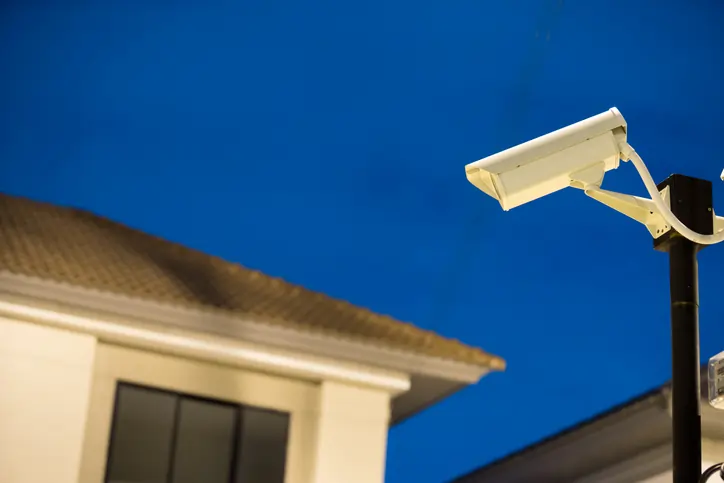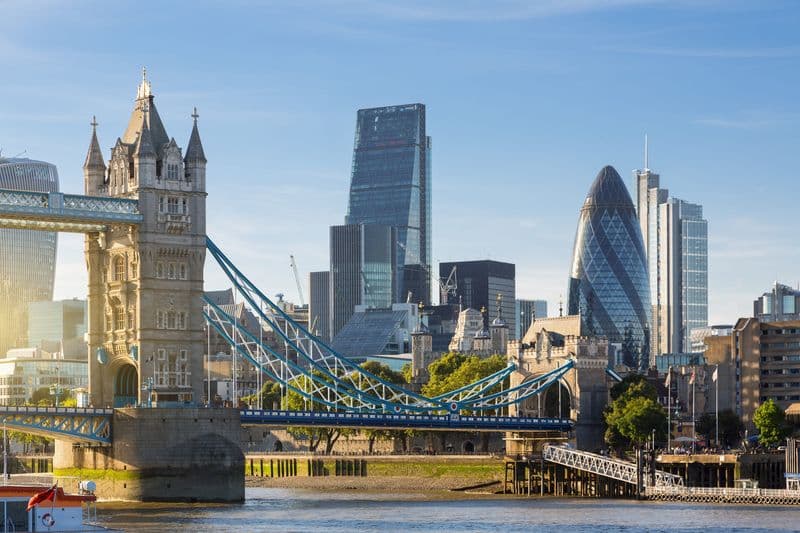
Privacy, security, and exclusivity are driving forces behind the demand for mega-estates. These high-end properties are more than just luxury homes—they are engineered to offer comfort and protection for individuals whose wealth or visibility makes them potential targets. From the design of the driveway to the placement of security cameras, Scalaa Architects notes that every element is carefully planned to offer maximum discretion and security.
As threats have grown—ranging from digital breaches to physical intrusions—so too have the architecture and technology of these residences. Buyers now expect a seamless integration of smart systems, reinforced structures, and advanced monitoring. The result is a new class of real estate that combines sophisticated aesthetics with fortress-like security, influencing not only how homes are built but also how they are valued and marketed in elite circles around the world.
Understanding Ultra-Exclusive Mega-Estates
Ultra-exclusive mega-estates are expansive residential properties that combine luxury with privacy and security. These homes are typically located in areas known for wealth and discretion, such as Miami’s “Billionaire Bunker,” Beverly Hills, and the Hamptons. Properties in these areas often span several acres and feature custom-built architecture tailored to the owner's lifestyle and security needs.
Buyers of these estates are often individuals with high public visibility or considerable financial assets, including tech entrepreneurs, entertainers, and business magnates. In Miami, some residences are situated on private islands with restricted access, creating an additional layer of exclusivity. The inclusion of private docks and helicopter pads further enhances the convenience and isolation of these estates.
The Growing Need for Residential Security
In today’s world, ultra-wealthy homeowners face a unique set of risks that go beyond conventional concerns. High-profile individuals are frequently the targets of cyber intrusion, stalking, and even coordinated burglary attempts. These realities have pushed security to the top of the priority list when acquiring or designing a luxury residence. The comfort provided by robust security measures has become as important as safety itself.
Celebrities, international financiers, and political figures are among those investing heavily in private security infrastructure. Their prominence and wealth make them vulnerable, especially in the age of social media, where location data and personal details can be exposed in seconds. Events like high-profile home invasions have only heightened the urgency for advanced systems.
Beyond personal safety, there’s also the issue of intellectual property and sensitive business information being accessed through both physical and digital breaches. In response, homeowners are now opting for compounds that combine architectural discretion with state-of-the-art defense technologies.
Core Security Features
Mega-estates often start their security strategy at the perimeter. Tall, reinforced walls, gated entrances, and long private driveways create physical distance from the outside world. These barriers are not just functional but are often designed to blend seamlessly with the estate’s landscape and aesthetics. Landscaping is strategically used to obscure sightlines and deter unwanted surveillance or drone activity.
Surveillance is another key layer—properties are equipped with high-definition cameras, thermal imaging, and motion-activated lights. Some residences utilize aerial drones to monitor the grounds, providing a bird’s-eye view that can detect activity in real-time. In Malibu, certain clifftop properties have even added radar systems to track motion across rugged terrain. This level of defense transforms the estate into a closed environment where every movement is accounted for.
Entry points are tightly controlled, using keyless systems that rely on biometrics like fingerprint or iris scans. Facial recognition software and AI-enabled intercoms ensure that only authorized guests gain access, eliminating the risk of forced entry or impersonation.
Interior and Structural Reinforcements
Within the walls of ultra-luxury estates, safety features are often integrated so seamlessly they’re barely noticeable. Panic rooms, often referred to as safe havens, are built with fortified walls, independent air filtration systems, and direct lines to private security teams. These are designed to withstand forced entry and provide refuge during emergencies.
Properties may include bullet-resistant glass and reinforced doors that mimic standard design elements to avoid drawing attention. In some Beverly Hills homes, underground escape tunnels connect the main residence to guest houses or garages, enabling discreet exits during a crisis. In certain cases, these tunnels are also used as secure pathways for staff or deliveries.
Technology and Monitoring
Modern security extends far beyond locks and alarms. Mega-estates are now outfitted with systems that learn daily patterns, detect anomalies, and respond instantly. Smart home networks can control lighting, climate, surveillance, and entry systems from a single interface, often managed remotely through a secure app. These systems can be programmed to simulate occupancy when residents are away, adding a deceptive layer of deterrence.
AI-powered monitoring tools are capable of identifying unfamiliar behavior—like a car lingering too long at the gate or movement near restricted zones—and notifying security personnel in real time. In high-end communities like Palm Island, these systems sync with private guards and local law enforcement to ensure rapid response. The result is a level of situational awareness that rivals commercial-grade security operations.
Impact on Design, Value, and Market Trends
Security isn’t just a feature—it’s becoming a pillar of high-end real estate. Architects and developers now collaborate closely with security consultants from the planning stage to integrate defensive elements into the estate’s blueprint. This influence can be seen in window placements, landscaping choices, and even how driveways are curved to limit direct sightlines into the property.
As safety concerns grow, homes with comprehensive protection systems are commanding premium prices. Buyers in markets like Aspen and Bel-Air are prioritizing estates that offer both aesthetic appeal and tactical safeguards. What once were niche upgrades are now seen as baseline expectations, reshaping luxury real estate into a blend of sanctuary and stronghold.


